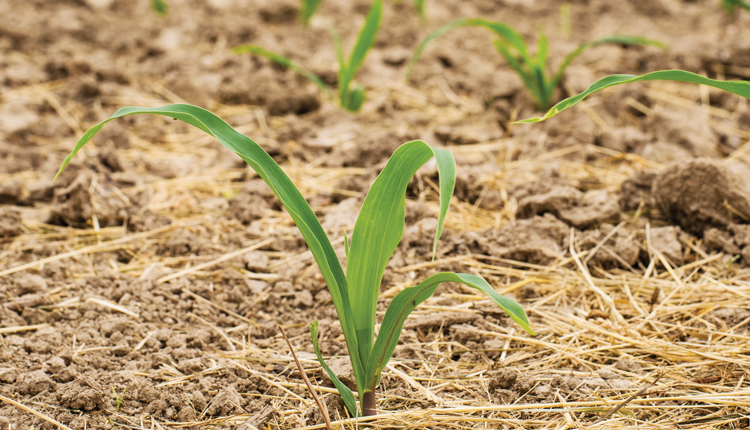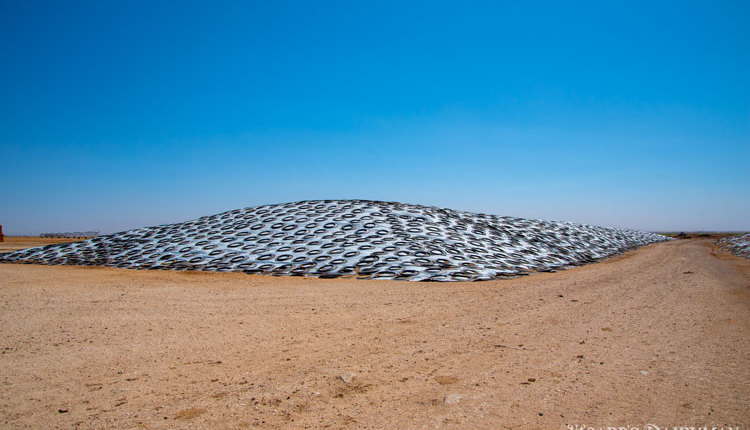The author is retired from the William H. Miner Agricultural Research Institute and president of Oak Point Agronomics Ltd.

One of the biggest transitions in forage equipment over the past 20 years or so has been from sicklebar mowers to disc mowers and mower-conditioners. Not only was this change widespread, but it happened over a relatively short period of time. Approximately 20 years ago, I was speaking at a meeting in southern Quebec and asked the audience of about 50 dairy farmers, by a show of hands, how many were still using sicklebar mowers to mow their hayfields? Not a single hand went up — and this wasn’t long after these mowers started becoming popular. This was even more surprising since the average Quebec dairy farm is much smaller than those in the U.S., in part because of the province’s milk production quota system. Therefore, it wasn’t just large dairy farms making the switch.
See it to believe it
There are several advantages of disc mowers. First, while a sicklebar mower may plug when mowing a heavy crop of hay, this is almost unheard of when using a disc mower. We decided to purchase a disc mower-conditioner at Miner Institute in Chazy, N.Y., after I watched our crop manager mow a very heavy crop of grass with our sicklebar mower-conditioner. He was mowing at about 2 miles per hour (mph), and knowing how much we had to mow, I decided that this was too slow. When I asked why he was mowing at such a slow pace, he said that if he mowed any faster the mower would plug. Not entirely believing him, I chased him out of the tractor seat and started mowing at just over 3 mph for about 100 feet, at which point the mower plugged. I got down, unplugged the mower knives and started mowing again. I went for another 100 feet or so and it plugged again.
By the start of the next crop season, we owned a disc mower-conditioner. Not only can a farmer mow faster with a disc mower, but it also does a much better job on a badly lodged hay crop; no more having to mow in one direction in a field of lodged alfalfa.
Another “advantage” of disc mowers is that if they accidentally scalp the soil surface or hit a stone, the knives on a disc mower are much less apt to break than sicklebar knives. In many cases, this has resulted in farmers becoming more aggressive while mowing since there wasn’t nearly as much “negative feedback” (changing a broken knife). I’m convinced that average hay crop stubble height sank as the popularity of disc mowers rose. We don’t have actual data on typical mowing height, but there’s plenty of data available on the result of reducing mowing height and the occasional scalping of soil.
Ash level matters
The average ash levels on forage silage analyses by the Dairy One Forage Laboratory rose considerably between 2001 and 2007, multiplying during the years when many farmers were trading in their sicklebars for disc mowers. The ash content data showed this to be the case for grass, legume-grass, and legume silages. Since 2007, the ash levels of these silages have changed little, remaining elevated from the 2001 averages. That’s why the word “advantage” was in quotation marks — leaving a lower stubble may come at the price of higher forage ash levels.
A high ash level dilutes the feed value of the silage since soil is mostly indigestible, but ash can also result in higher levels of butyric acid, a highly undesirable silage acid. In a 2014 forage analysis summary, Rock River Laboratories found that when forage ash levels were 8%, suggesting good harvest management, the butyric acid concentration was 0.3%. But when the forage ash level was 20% (probably the result of some soil scalping), butyric acid was twice as high at 0.6%. According to the University of Wisconsin, a butyric acid level of over 0.5% of dry matter indicates that the silage has undergone clostridial fermentation, which is one of the poorest fermentations. Our cows deserve better!
A disc mower greatly improves the ease and speed of mowing hay crops, but it’s important to check mowed fields to ensure that there’s little or no scalping of the soil surface. Forage ash levels should be constantly monitored to make sure that they aren’t at a concentration that poses a threat to feed quality, which in turn can affect milk production.










